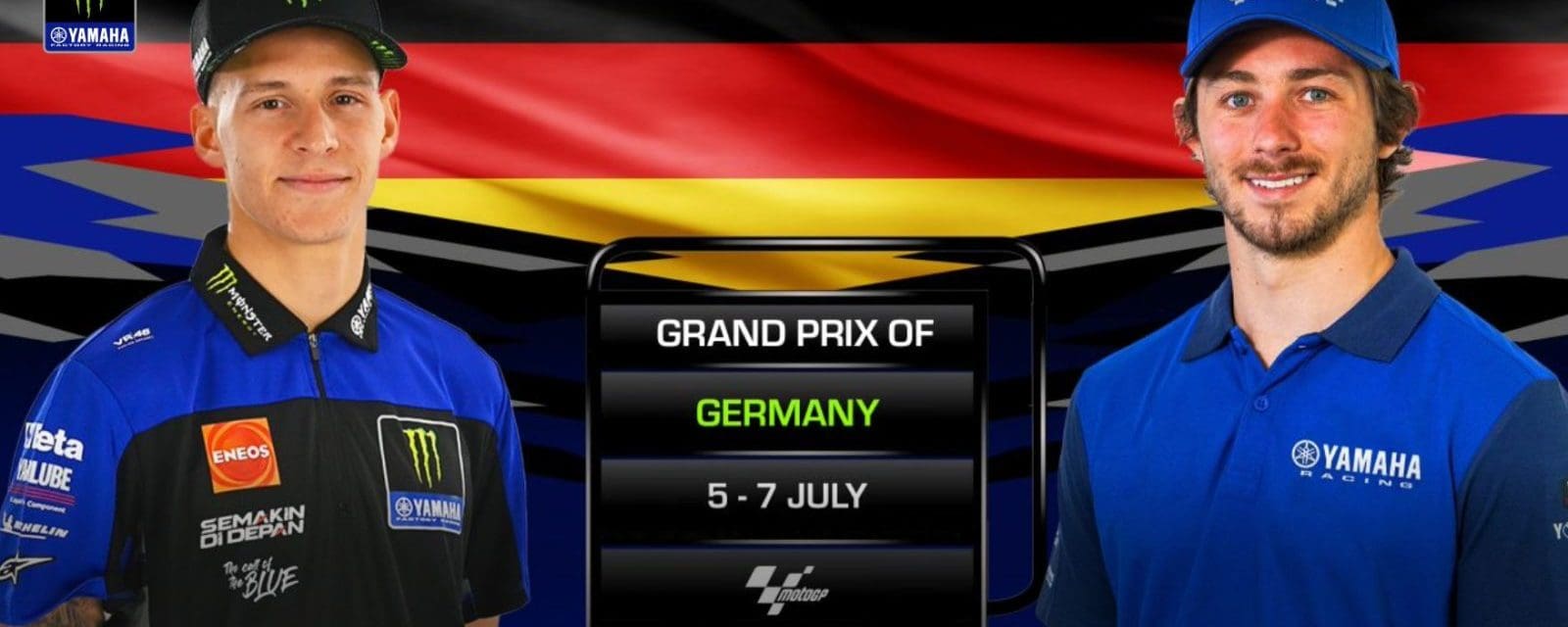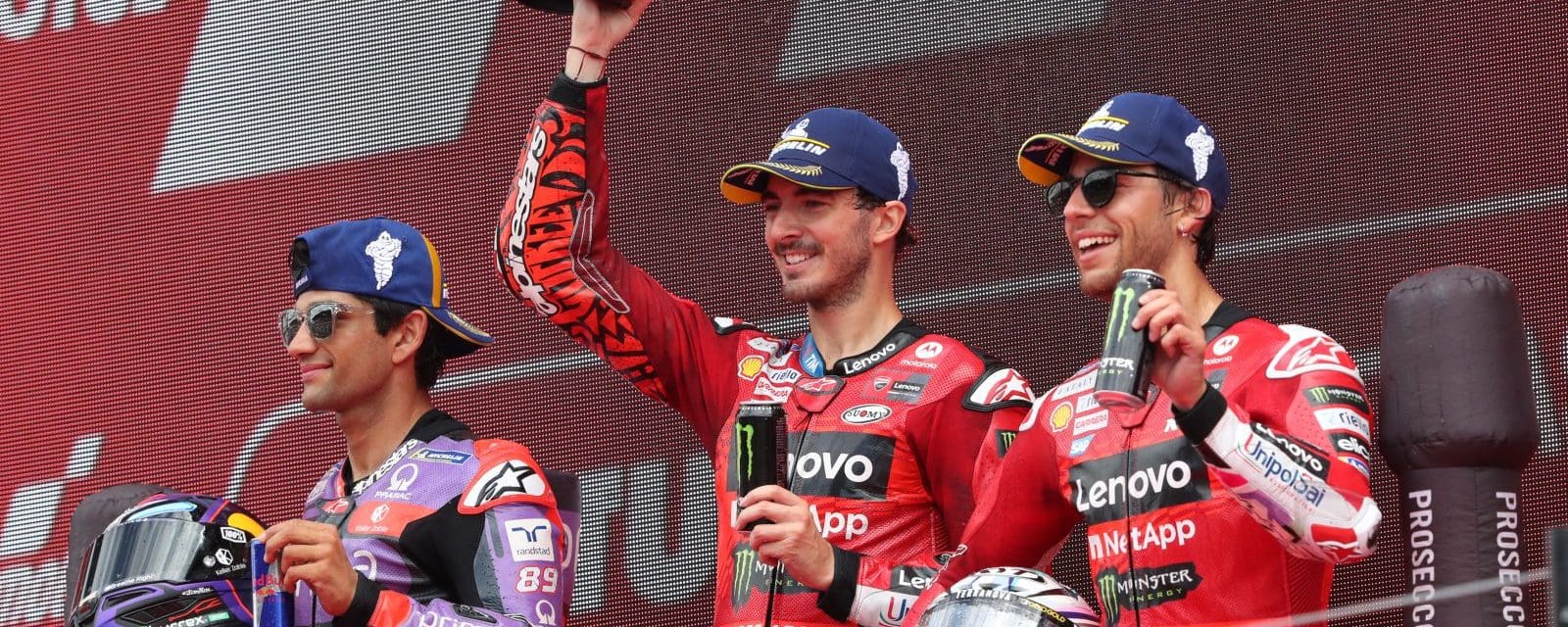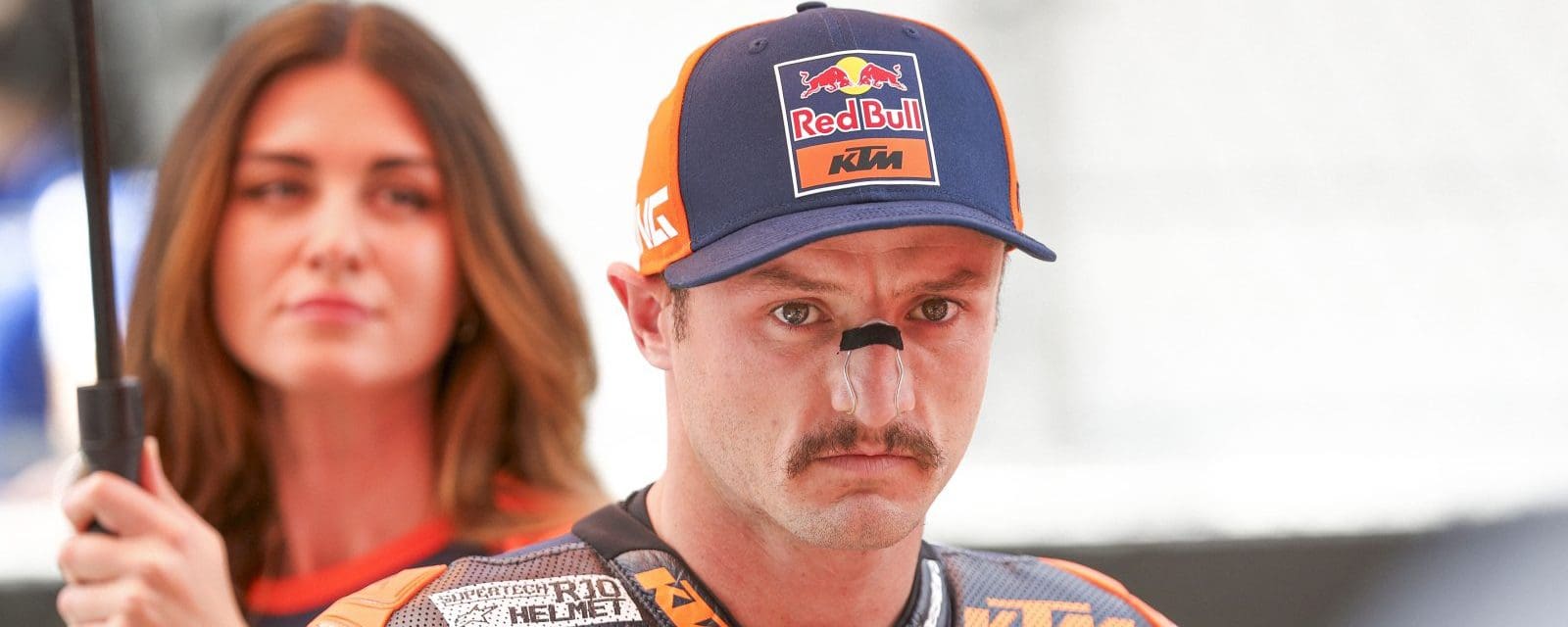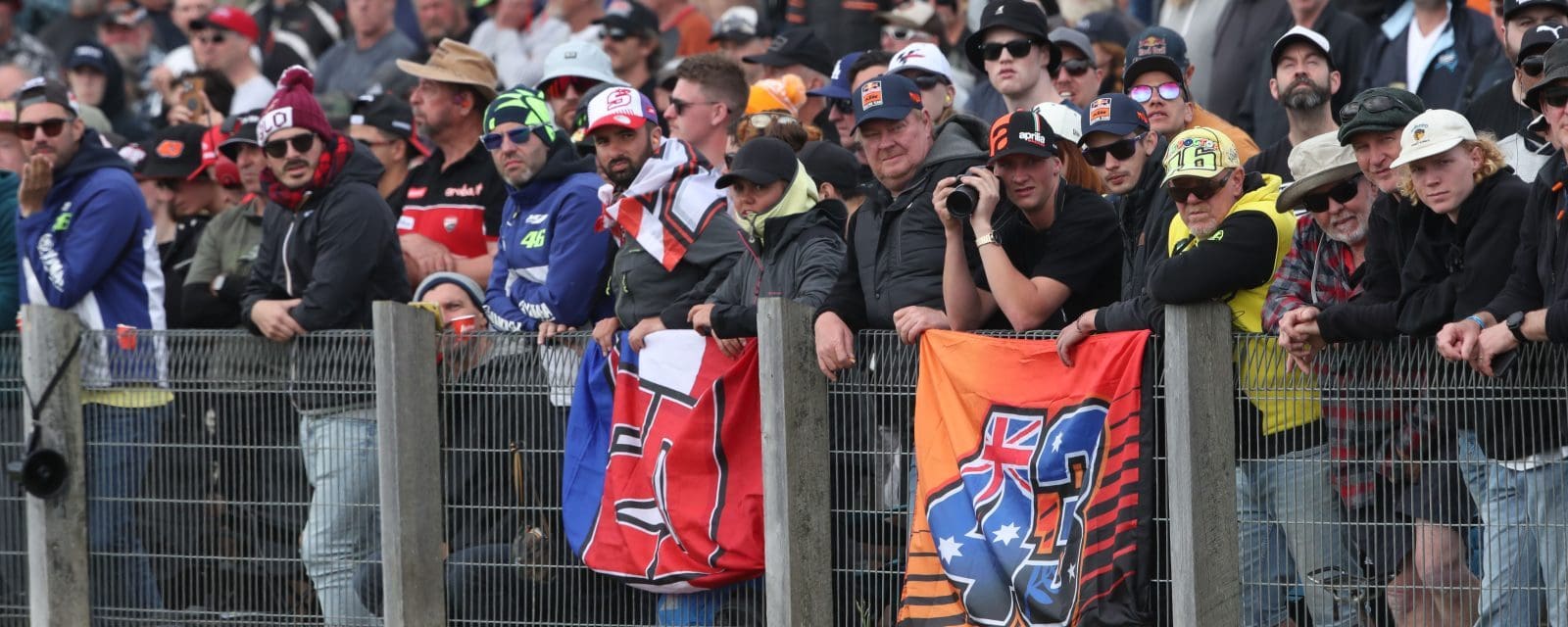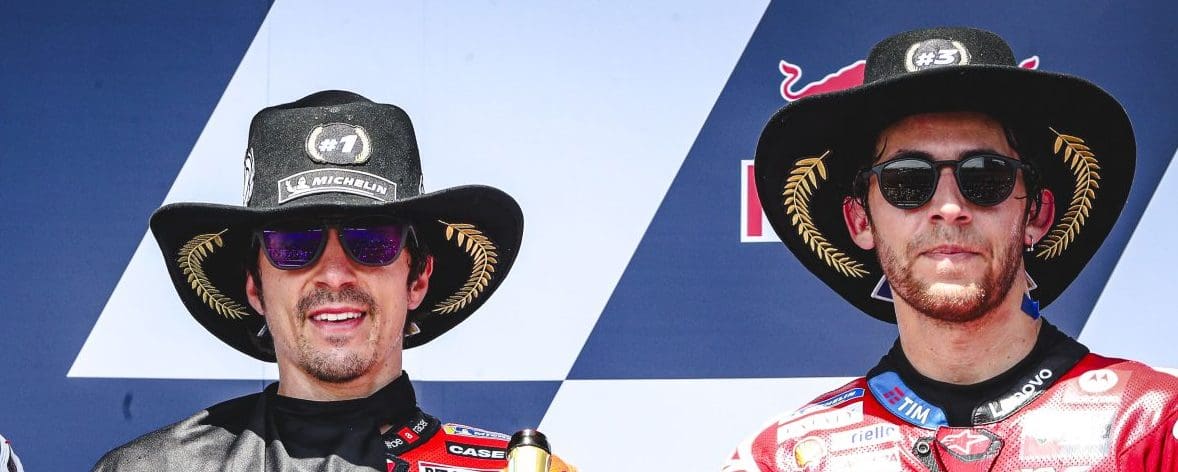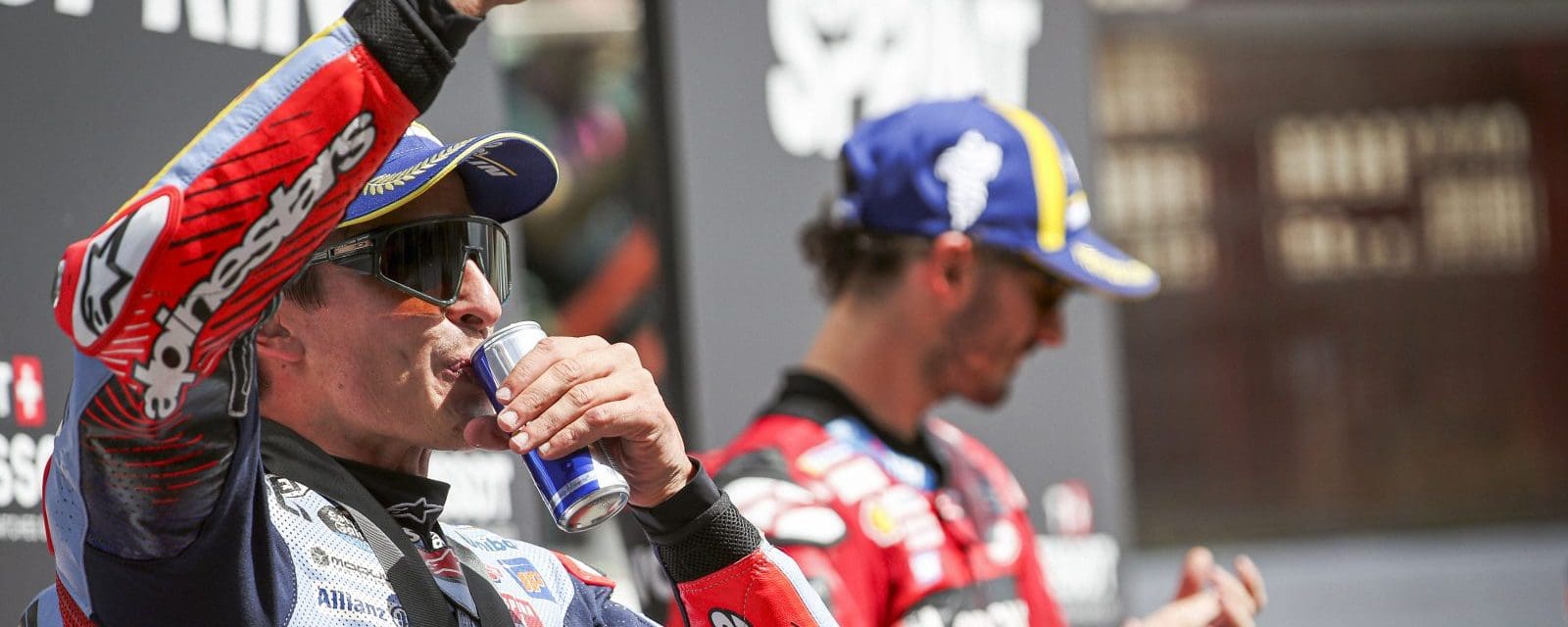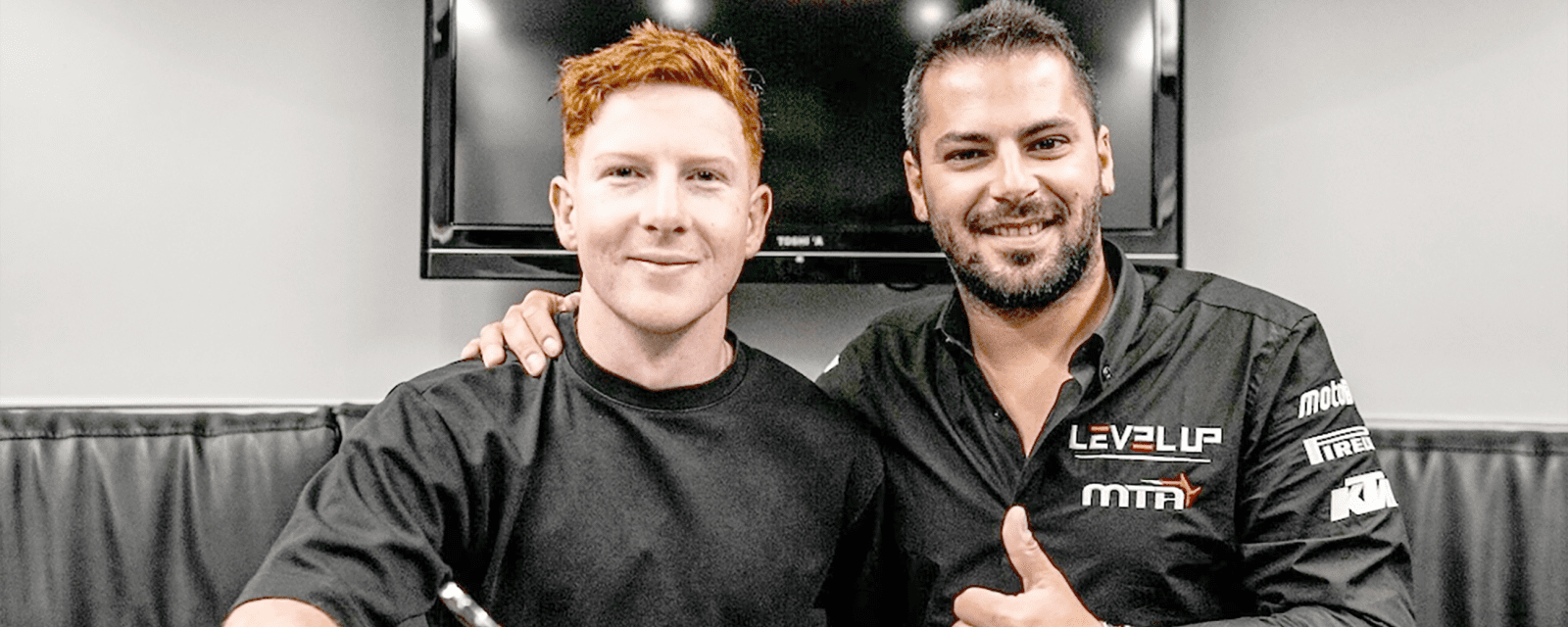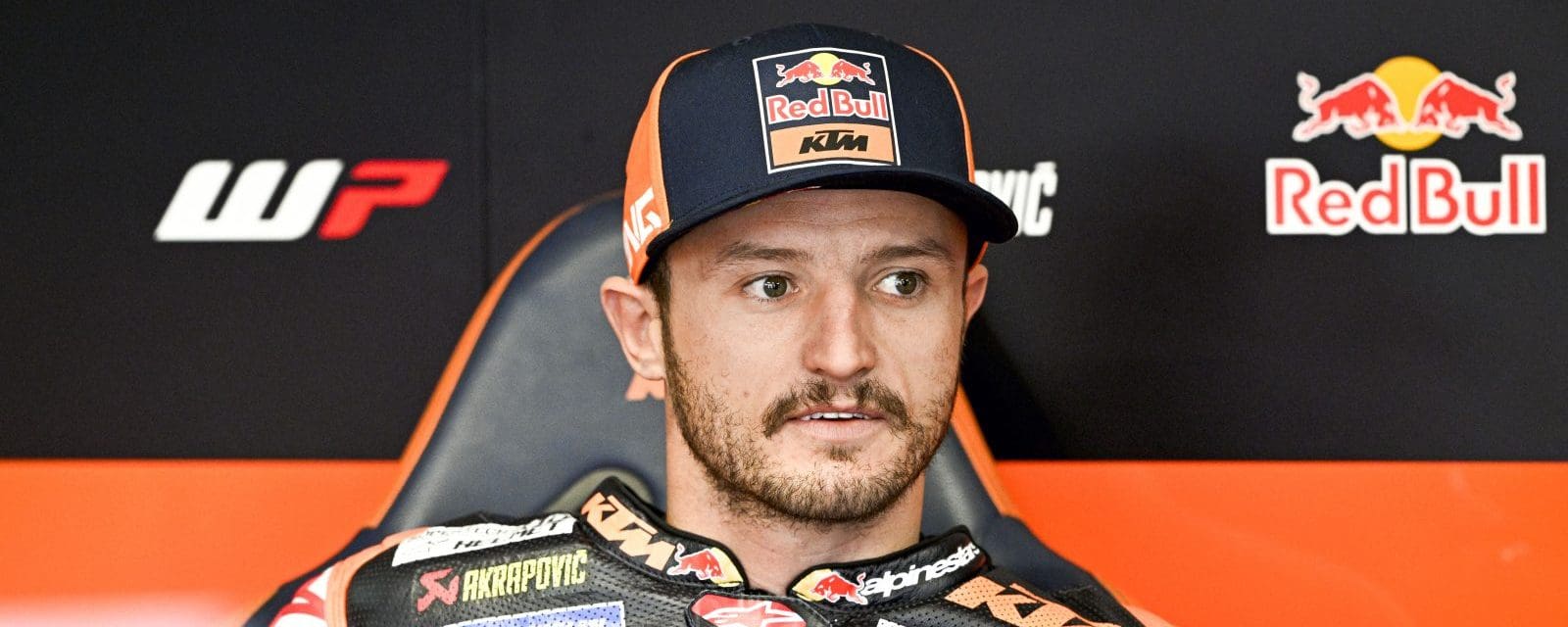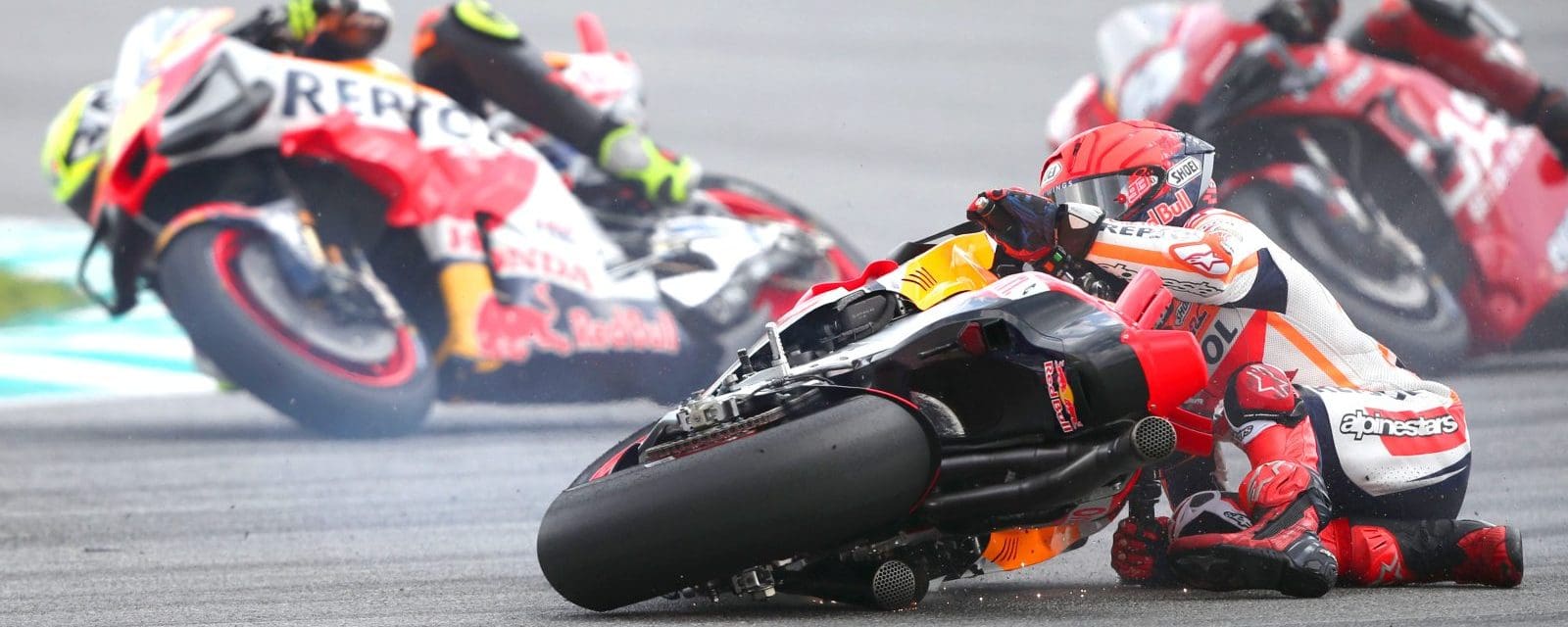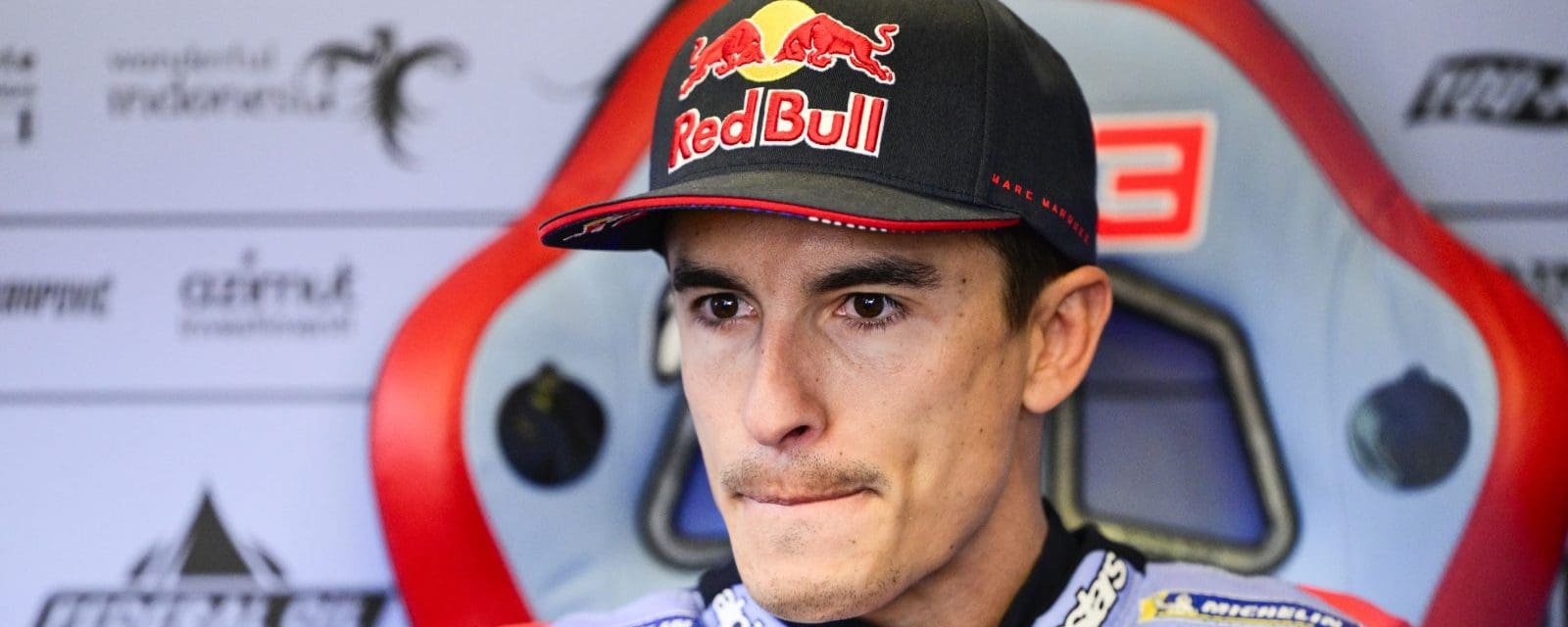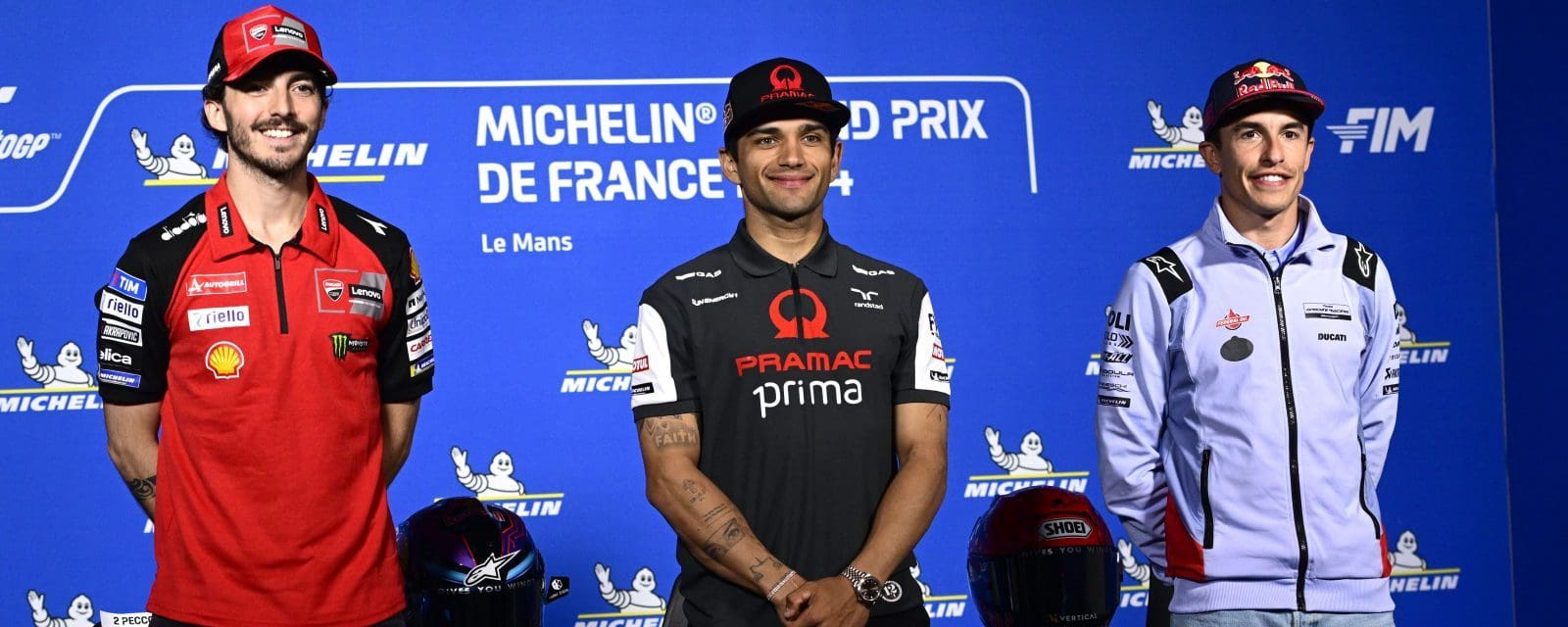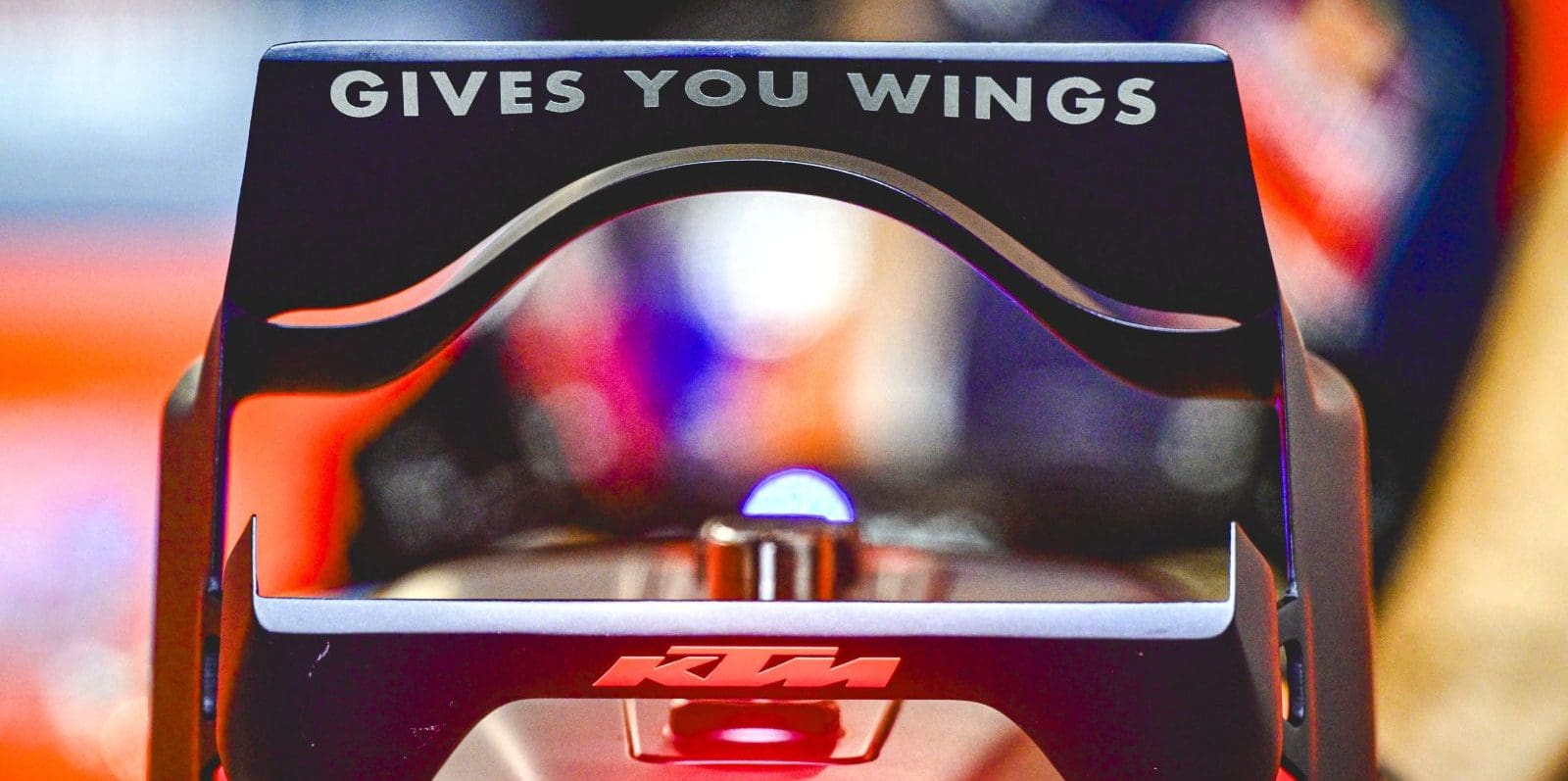With five world titles to his credit, three of them in the premier class, there is no question that Jorge Lorenzo is one of the greatest riders of our era – and one of the most successful Spaniards ever to grace the paddock. But will he fall victim to the ‘red monster’ as others before him? With Casey Stoner, four of his closest advisors, and a lot of development in the bank for the GP17, he’s got every chance to unleash the Ducati’s true potential. We caught up with Jorge at the recent MotoGP test at Phillip Island to get to the bottom of why he really made the switch from Yamaha, and how things are shaping up so far.
You’re already a highly successful racer but you will make history if you can win on the Ducati. Is that what prompted your move from Yamaha after nine years?
You know it’s not the same to take the risk when you are not yet a world champion of MotoGP at 24 or 25 years old. I could have taken this challenge earlier because I had the offer of riding with Ducati two more times before the last one, but I thought it was better to stay in Yamaha in a team that I was very comfortable with, and on a bike that I knew could win the championship. But now at 29 years old, and after three world titles and three more runner-up positions, I’m ready. It would be amazing to win another world title, the fourth one in MotoGP, and this is very important to me. But to make it on another bike, and especially on a Ducati, it’s much more special. And that’s why at almost 30 years old, I’ve decided to take this difficult challenge.
The difference of money was not a deciding factor as I already had a very good offer with Yamaha and if I stayed there I would still be the highest paid rider on the grid. The difference of Ducati’s offer was only another 10 per cent, so this was not the reason to move. I am more motivated by the possibility of doing something really special like becoming the fifth or sixth rider to win on two different manufacturers. Being able to take a championship with Ducati, like only Stoner did, is a great accomplishment.
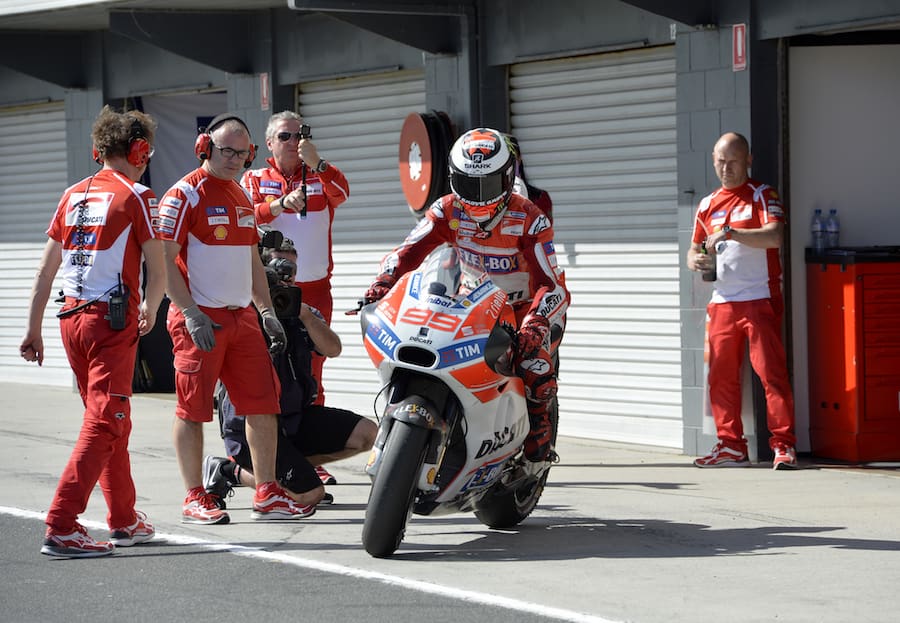
Stoner is in your corner to test and develop the GP17. Did that play a part in your decision to get on board?
Yes, for sure to have Casey as a test rider is something really special that none of the other factories have. They have good riders like [Hiroshi] Aoyama on the Honda who has taken wins in the 250 class. Suzuki also have some fast Japanese riders. But to have Casey is another level entirely. Unfortunately, he is not testing the bike so much. He has made two or three tests last year and I would like for him to test maybe five, six or seven times a year like Michele Pirro is doing. But it may not be the perfect situation for Casey because I think he’s enjoying life much more now that he’s away from the track. He wants to have fun too and that’s understandable. But yes, of course it’s always good to have a test rider that can ride at more or less at the same level as you.

How do you feel looking back on your career so far?
I’m already happy for what I’ve achieved in my career. When I first entered the world championship I was 15 and if I only managed one pole position, or race victory, I could go home pleased. But as it turned out I was achieving victories year after year, as well as pole positions and eventually championships. Now I have five championships as well as more than 60 victories and 60 pole positions, so I achieved much more than I ever anticipated.
Right now I’m not here for money and I don’t have extra pressure. I just race because I want to and because it’s my passion. I don’t have any necessity to keep racing if I don’t want to and this is the difference between when I was 15 years old. Because then if I didn’t get results I was going back home to do a normal job. Now things are different.
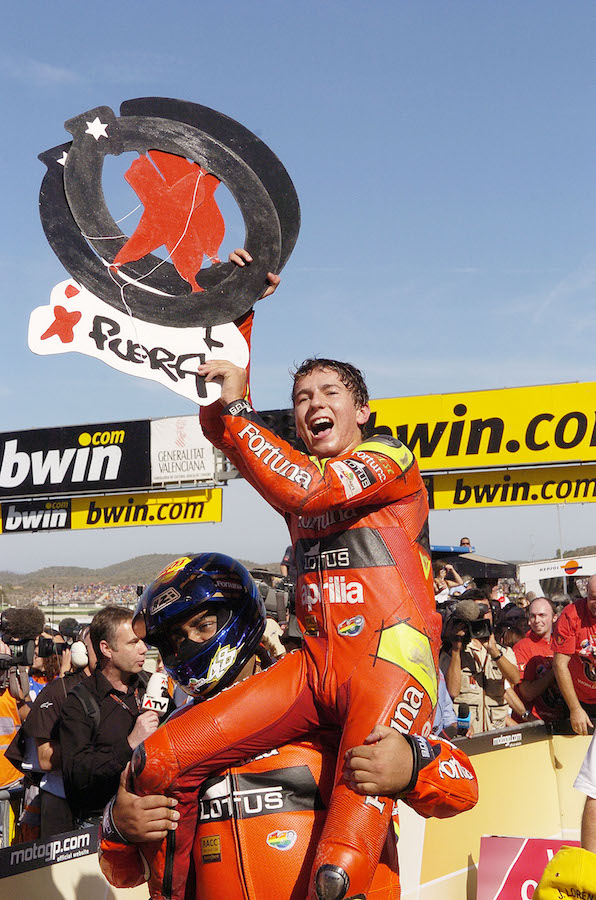
You’ve grown a lot over the last 10 years, both as a racer and as an individual. Some might say that the media were a little unfair on you – do you think it was justified?
You are what you are no? Some riders can communicate more with the fans because they show a different side – they smile more. Others like me probably could seem a little more serious or cold, but it’s the way you are. Everyone is maturing and I’m not the same now as I was at 15 years old.
I think we all mature with age and experience and if you are curious about life and the things that interest you, you have more room to evolve and improve yourself. I have always been very curious and I pay attention to the people who I see have good qualities so I can learn from them. I don’t think you ever stop learning, and I will continue to try to improve myself in all the areas of life, not just in my riding.
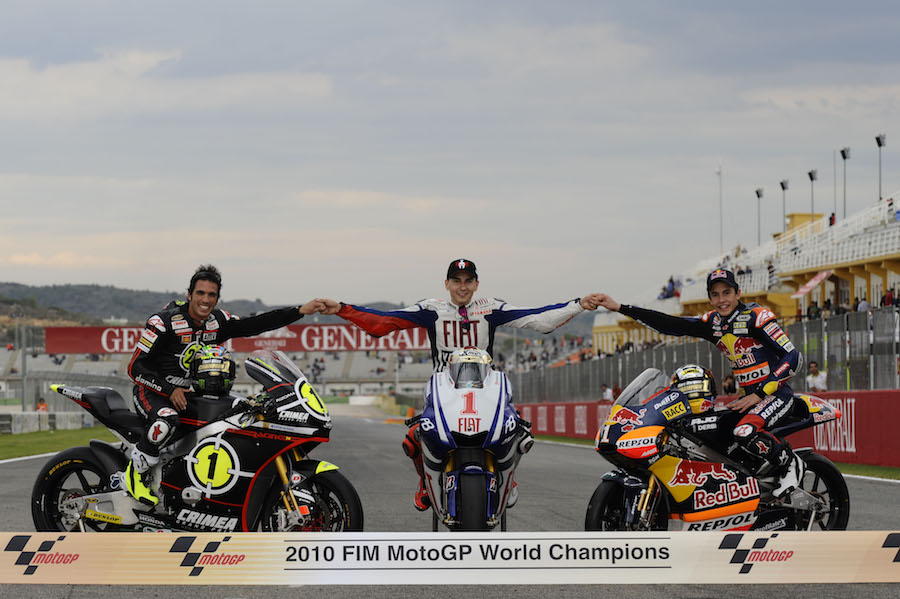
Your style is extremely smooth, a lot like Max Biaggi. Was he an idol for you and is there anybody else besides Max that you’ve learnt from?
When I started watching the races in 1995 I remember a race in Indonesia where Max Biaggi and Tetsuya Harada were fighting for the 250 victory. From then on I followed Max and probably because of that I adapted my own riding style to be a little bit similar to him. I liked his style on the bike and this probably encouraged me to start riding a little more smoothly than normal.
From a psychological perspective I also admire Mick Doohan’s motivation as he was always willing to do whatever it took to win. Rainey too was very determined – he’d start in pole position and in the first or second lap, he’d already have a lead of two seconds over his rivals. Similar to Stoner for example.

There was a time went you visited Kenny Roberts Jr. and his father in the States to practice dirt track at their ranch. Do you still do this kind of training to hone your skills for MotoGP?
Yes. I do dirt track sometimes with a 450, and also supermotard, with a focus on trying to slide the bike and be sensitive with the throttle in low grip conditions. They help to improve the little weak points that I still have, but it’s very difficult to practise something similar to this MotoGP beast with 300 horsepower on tarmac! It’s so different that it’s like being a tennis player but practising with ping pong. The problem is that we can’t practice day by day with the same bike that we are going to ride in the championship. In comparison to a soccer player, tennis player, or even a swimmer, this our handicap, but it’s the same for everyone so that’s just the way it is.
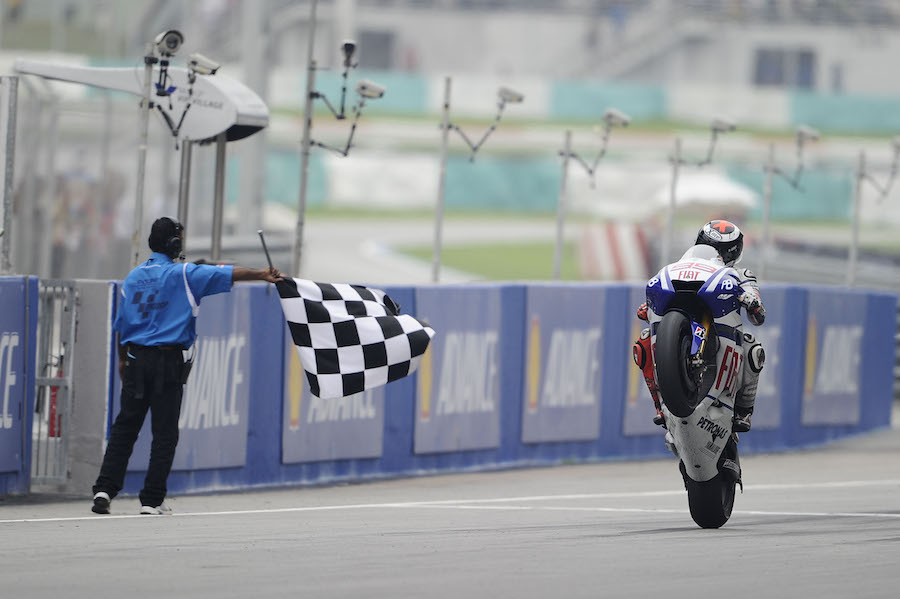
You have had a host of colourful victory celebrations in the past – do you have something in mind for Ducati?
(Laughs) Well I’m really focused now to try to win, so I put all my energy and my creativity on fighting for a win right now. And we’re still quite a long way away from that, even if in Qatar we’re competitive because it’s a track that suits the Ducati. But in the three tracks that we’ve tested at, I think we need to still make up a half a second to be close to the fastest rider, so we need a lot of time and lot of hard work before we can start thinking about celebrating.

You’ve been racing Andrea Dovizioso since you were kids. What’s it like now that you are teammates – do you share the data?
Yes, we do. I see his data to try to see where he’s fast and I assume he’s doing the same with mine. It’s not easy though because people think that maybe I will be faster than Dovizioso very soon, but Dovi is at the peak of his career and he’s got four or five years of experience with his bike. I just arrived and it’s not an easy bike to learn, so I need more time to reach the maximum that the bike can offer. At the moment my level is still three or four tenths, or even half a second behind, and I need some more experience with it before I can push to the limit.
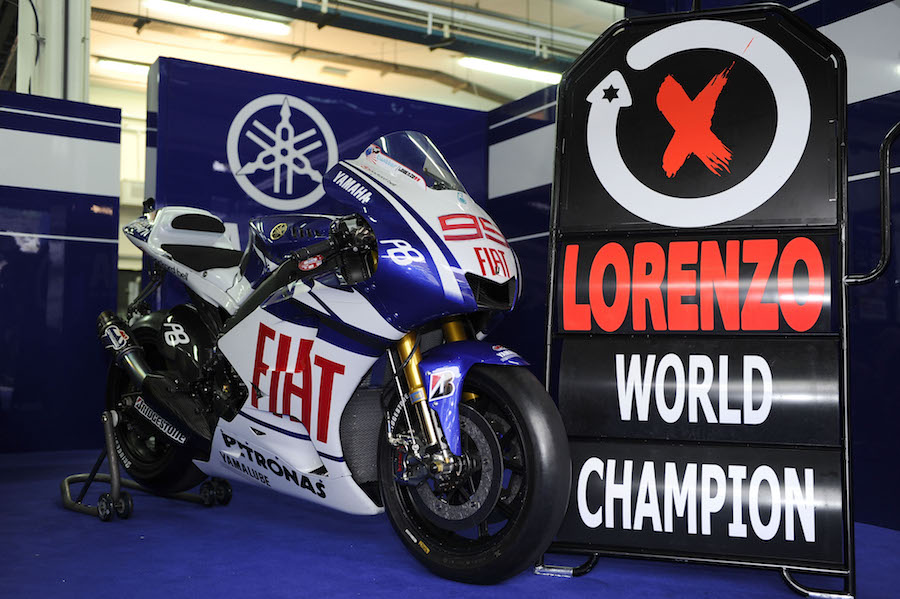
How much benefit do you expect to get from the Ducati’s superior top speed?
Well it is nice to have a so powerful bike but unfortunately you just can’t take advantage of it, except in the main straight, because as you increase power the bike becomes more nervous. So between one corner to another in a short straight, the bike becomes more unstable compared to the Yamaha and the Honda.
The main area we have to work on is to make the bike easier for the rider to use because we have more than 11 corners to get around in a single lap compared to just one straight. You can see the difference in the data that making 0.1sec on the straight is not enough to justify losing 0.1sec on each corner – this can add up to one second at the end, or even a second and a half. Obviously the engine is very important, but fast corner speed is more important in my opinion. That’s our main focus for this season, to improve the bike in those areas.
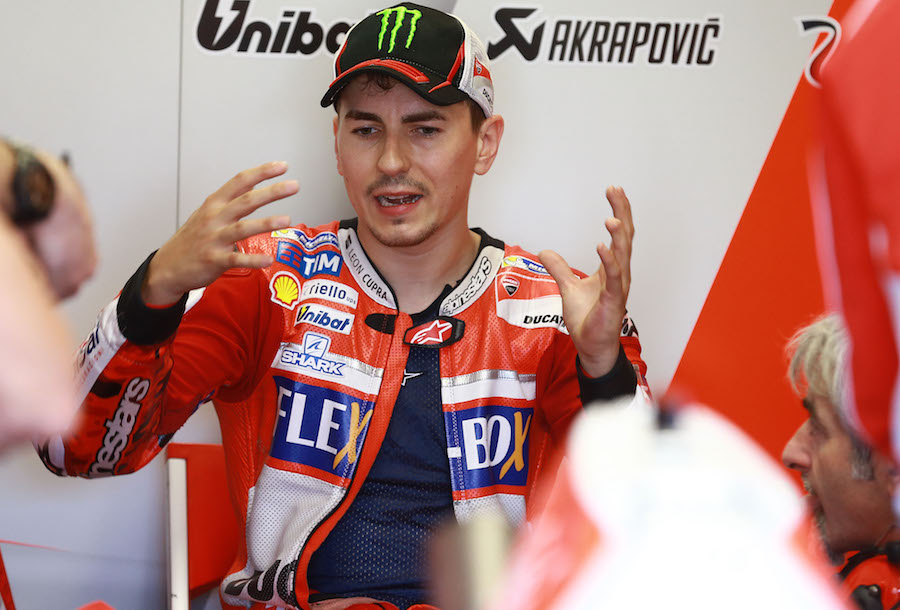
by Paul McCann
PHOTOGRAPHY GOLD & GOOSE, RUSSELL COLVIN, KANEAL LINDSEY
